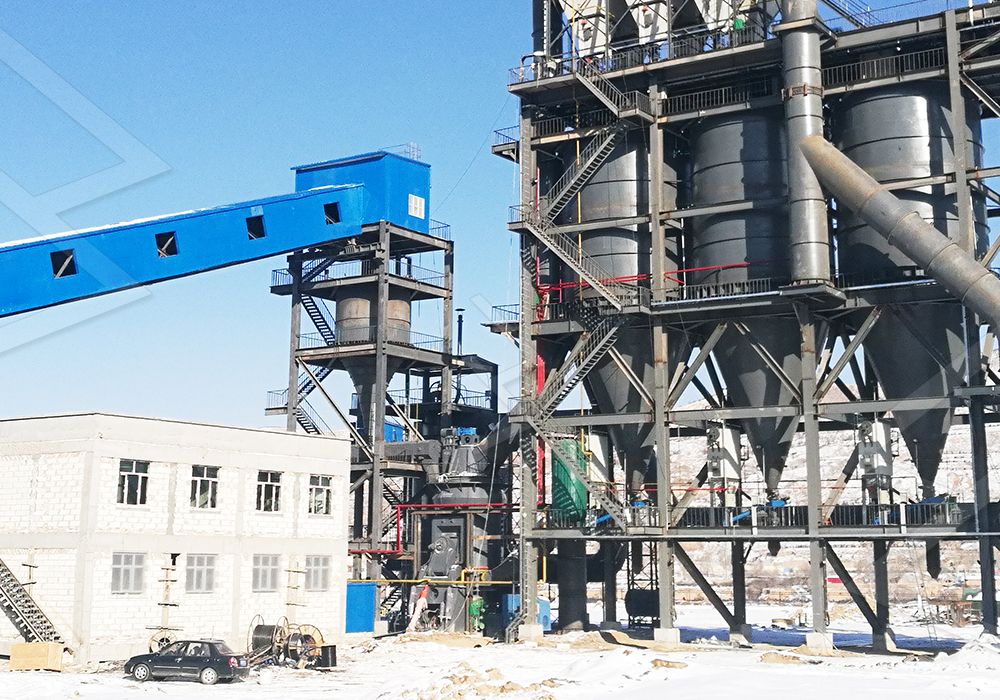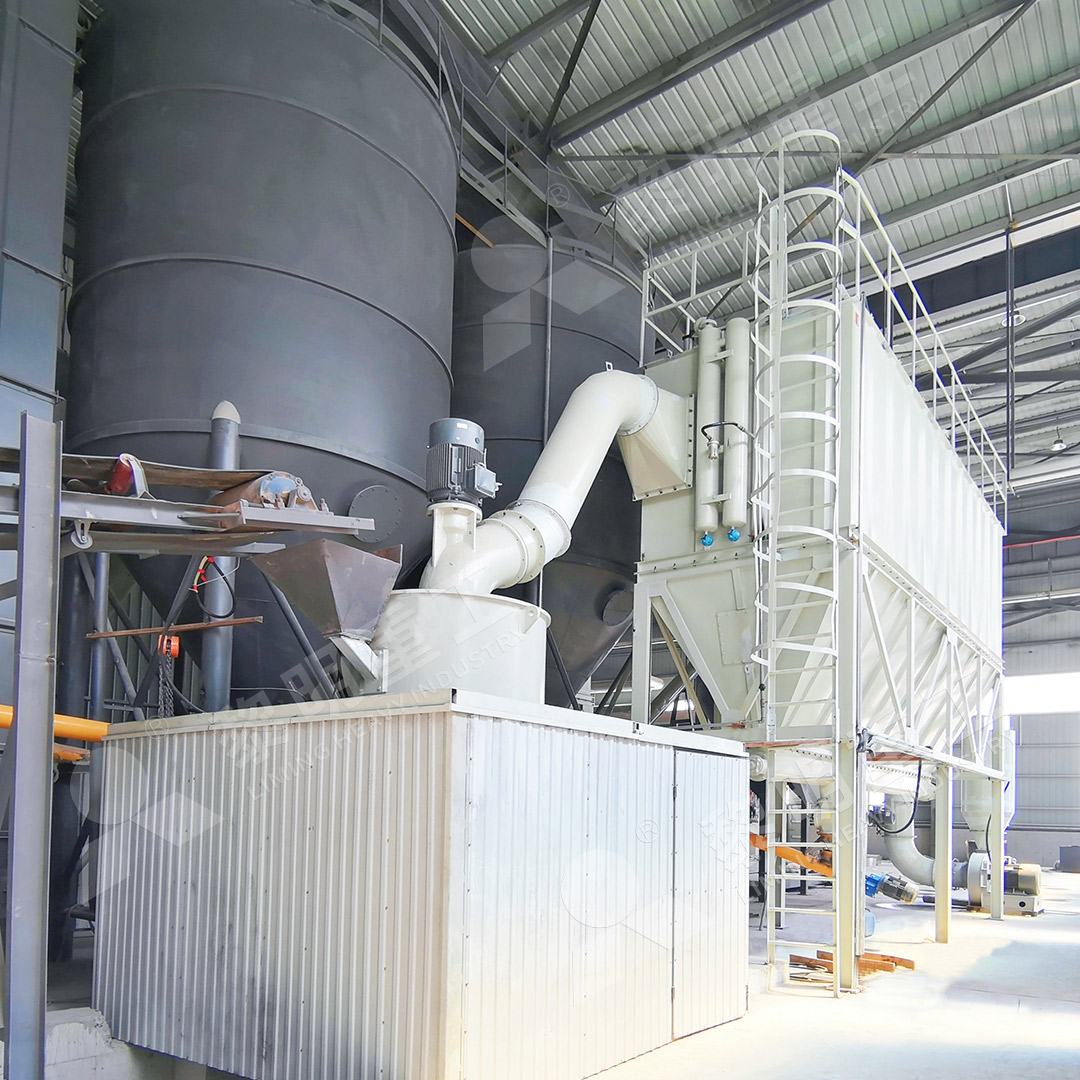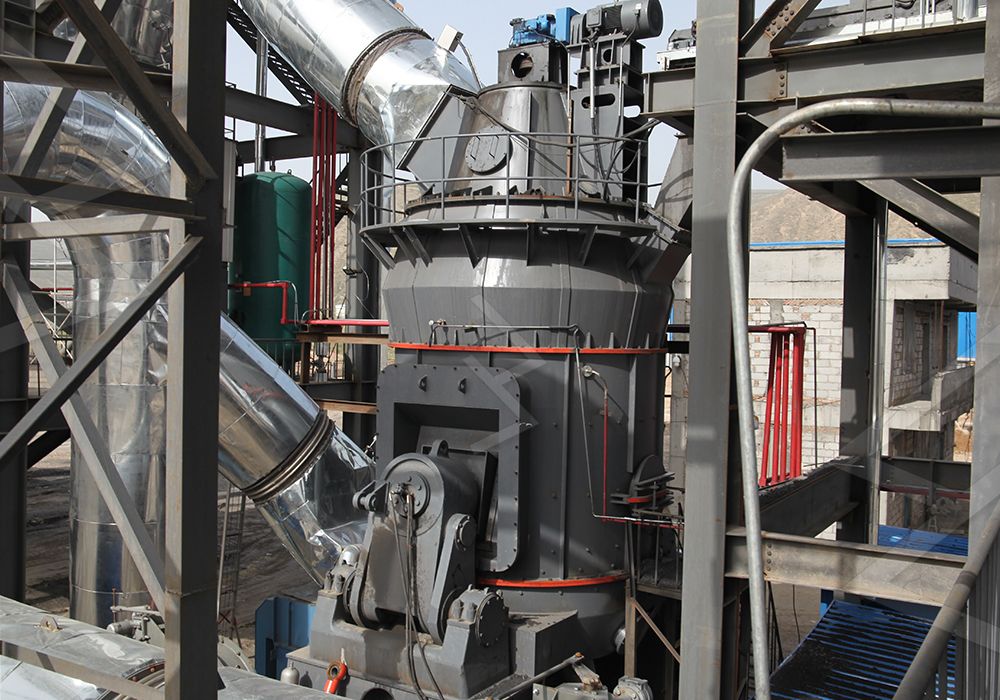20 Mesh Steel Slag Grinding Mill: Price, Process & Equipment Selection
20 Mesh Steel Slag Grinding Mill: Price, Process & Equipment Selection
Steel slag, a byproduct of steel manufacturing, presents both environmental challenges and economic opportunities when processed correctly. Grinding this abrasive material to 20 mesh (approximately 850 microns) requires specialized equipment that can handle its unique characteristics while maintaining operational efficiency. The selection of appropriate grinding technology significantly impacts both processing costs and final product quality.
Understanding Steel Slag Grinding Requirements
Steel slag possesses several challenging properties that influence mill selection. Its high abrasiveness demands wear-resistant components, while its variable moisture content requires drying capabilities. The target fineness of 20 mesh represents a coarse to medium grind suitable for many construction applications, including cement additives and road base materials. Proper equipment selection must balance production capacity, energy consumption, and maintenance requirements.

The grinding process typically begins with preliminary crushing to reduce slag to manageable sizes, followed by drying if necessary, and finally grinding to the desired specification. Each stage requires careful consideration to optimize the overall system efficiency.
Equipment Selection Criteria
When evaluating grinding mills for steel slag processing, several factors demand attention. Throughput capacity must align with production goals, while energy efficiency directly impacts operating costs. Maintenance requirements and component lifespan are particularly important given slag’s abrasive nature. Environmental considerations, including dust control and noise reduction, also play crucial roles in equipment selection.
Recommended Solution: MW Ultrafine Grinding Mill
For operations requiring flexibility in final product specifications, the MW Ultrafine Grinding Mill presents an excellent solution. With an input size capacity of 0-20 mm and throughput ranging from 0.5 to 25 tph, this machine accommodates various production scales. Its innovative design addresses several critical aspects of slag processing:

The MW Mill achieves remarkable energy efficiency, consuming approximately 30% less power compared to jet mills while delivering 40% higher production capacity. This efficiency translates directly to reduced operating costs. The adjustable fineness range from 325 to 2500 meshes provides operational flexibility, allowing producers to adapt to changing market demands.
Particularly relevant for slag processing is the mill’s unique chamber design, which eliminates rolling bearings and screws in the grinding zone. This construction significantly reduces maintenance concerns associated with abrasive materials. The external lubrication system enables continuous operation up to 24 hours without shutdowns for maintenance.
Alternative Option: LUM Ultrafine Vertical Grinding Mill
For operations with stricter space constraints, the LUM Ultrafine Vertical Grinding Mill offers a compact footprint without compromising performance. With capacity ranging from 5 to 18 tph and handling input sizes up to 10 mm, this vertical mill integrates multiple processes into a single unit. Its reversible structure simplifies maintenance access to grinding components, reducing downtime for wear part replacement.
Economic Considerations
The initial investment in grinding equipment represents only part of the total cost of ownership. Energy consumption, maintenance frequency, and component replacement costs significantly impact long-term operational economics. Modern mills designed specifically for challenging materials like steel slag provide better return on investment through reduced downtime and lower operating expenses.

Production costs vary based on local electricity rates, labor costs, and raw material characteristics. However, efficient mills typically demonstrate payback periods of 12-24 months through energy savings and reduced maintenance requirements compared to conventional equipment.
Environmental Compliance
Modern grinding systems incorporate comprehensive environmental controls. The MW Ultrafine Grinding Mill, for instance, features efficient pulse dust collection and noise reduction systems that maintain operations within regulatory standards. These integrated solutions eliminate the need for additional pollution control equipment, simplifying system design and reducing capital expenditure.
Frequently Asked Questions
What is the typical production cost for grinding steel slag to 20 mesh?
Production costs vary based on electricity rates, raw material characteristics, and maintenance requirements. Efficient systems like the MW Ultrafine Grinding Mill typically achieve operating costs 30-40% lower than conventional mills due to reduced energy consumption and maintenance needs.
How does steel slag abrasiveness affect equipment selection?
Slag’s abrasive nature necessitates mills with wear-resistant materials and accessible maintenance features. The MW Mill’s design without rolling bearings in the grinding chamber specifically addresses this challenge, extending component life and reducing maintenance frequency.
Can the same equipment handle different fineness requirements?
Yes, modern mills like the MW Ultrafine Grinding Mill offer adjustable fineness from 325 to 2500 meshes, providing operational flexibility to produce various product specifications with the same equipment.
What environmental controls are necessary for slag grinding operations?
Integrated dust collection systems, such as the pulse dust collector in the MW Mill, effectively control particulate emissions. Additional noise reduction features ensure compliance with workplace and environmental regulations.
How important is after-sales support for grinding equipment?
Comprehensive technical support and genuine spare parts availability are crucial for maintaining operational efficiency. Manufacturers offering complete after-sales services ensure worry-free operation and minimize production interruptions.
